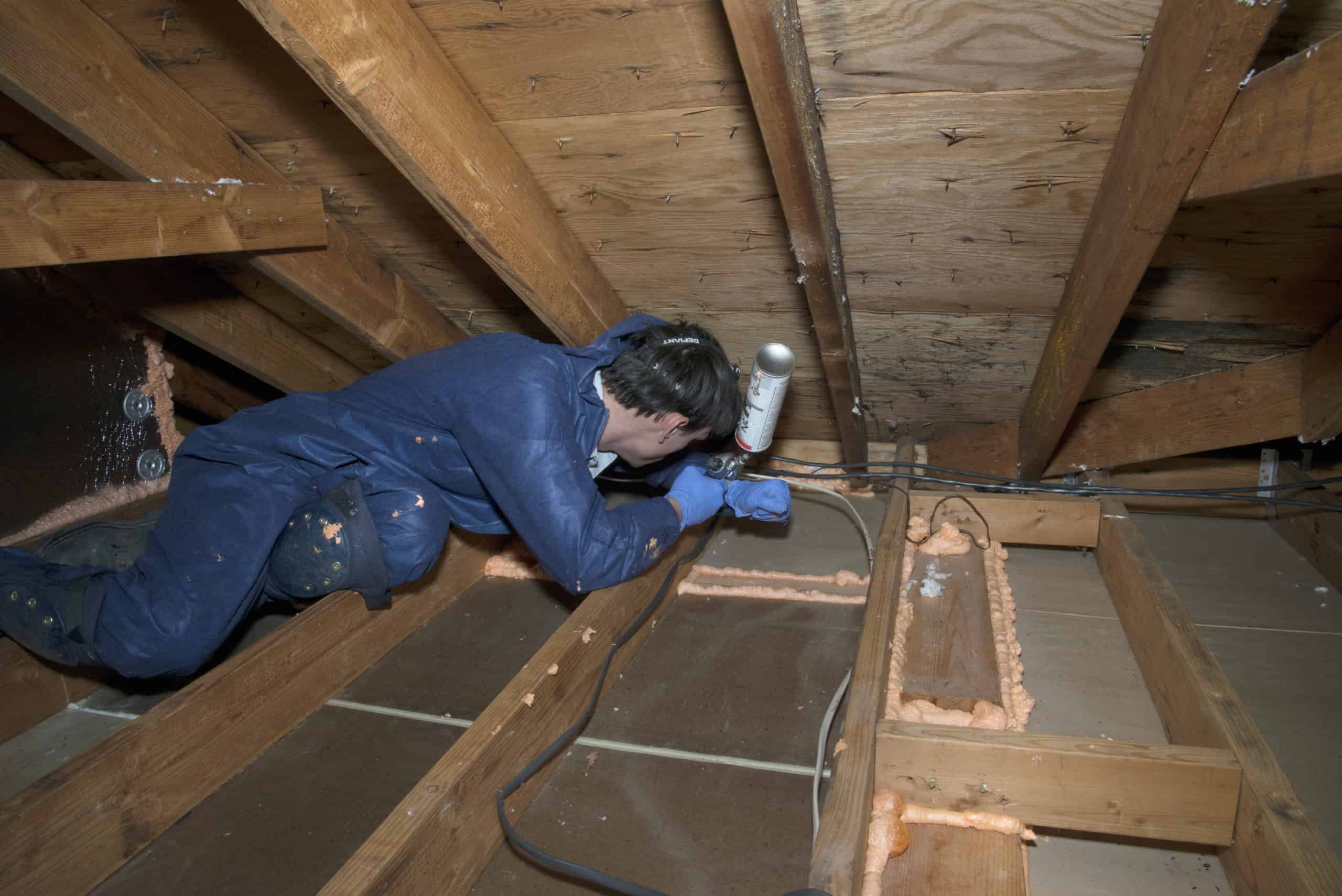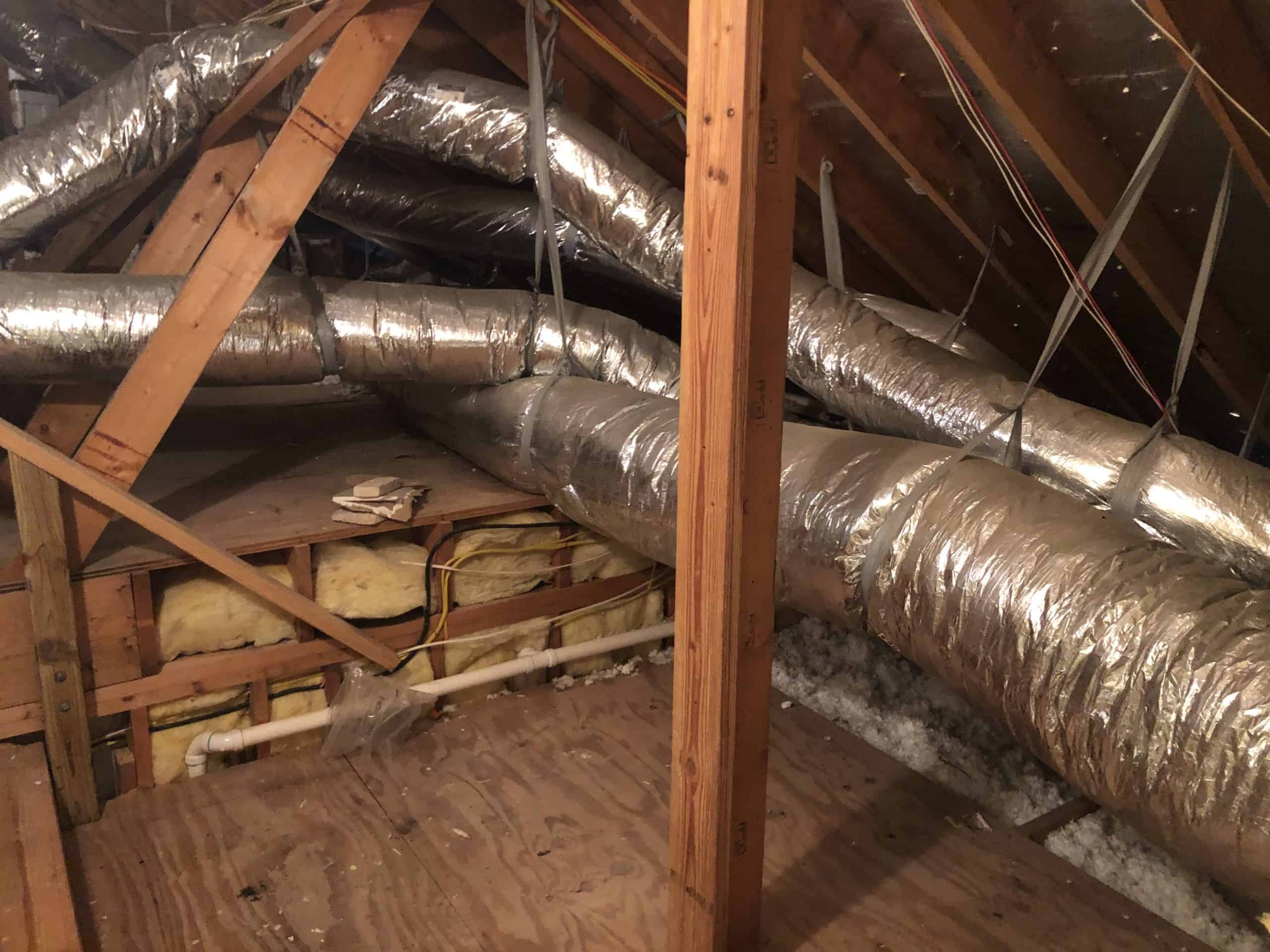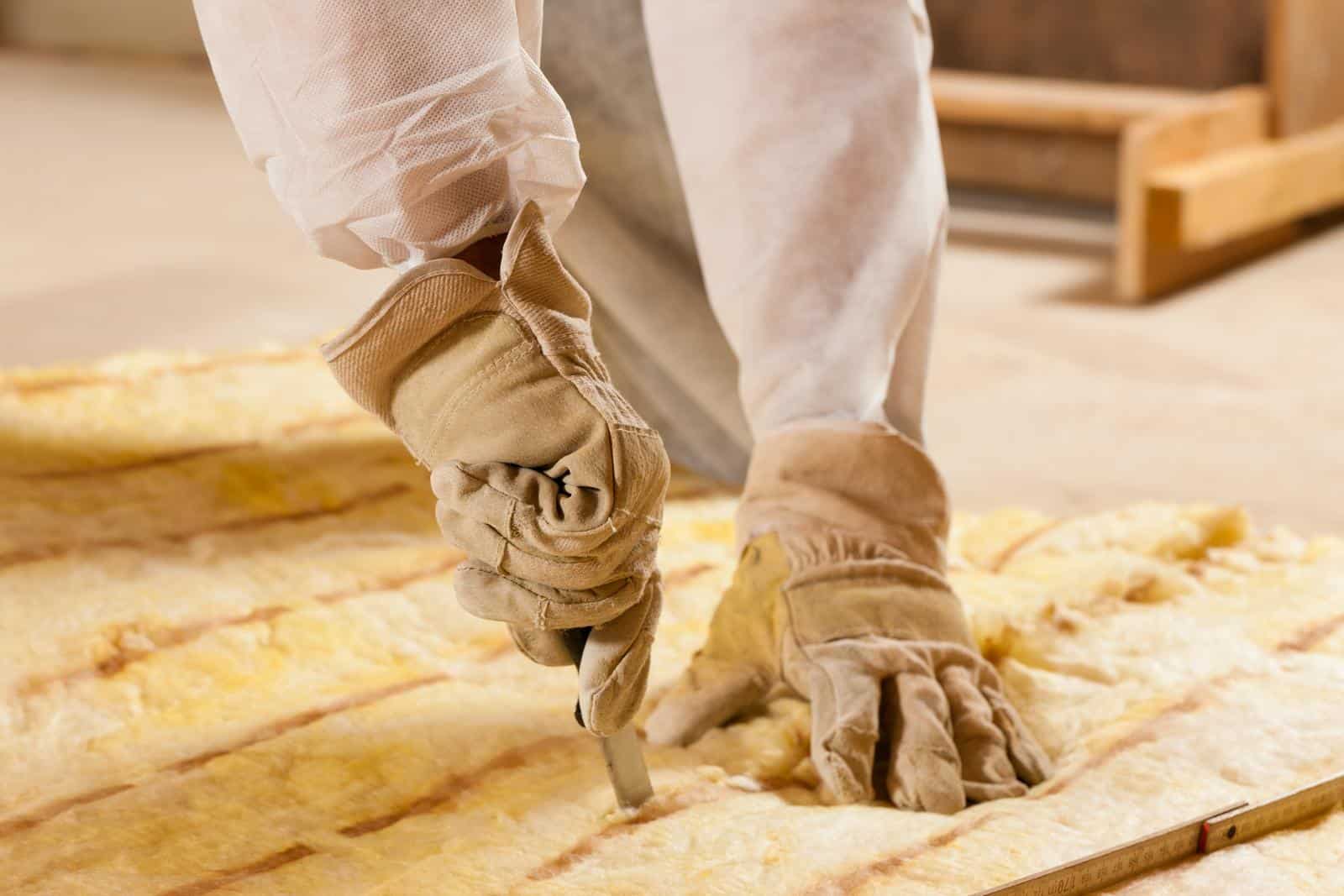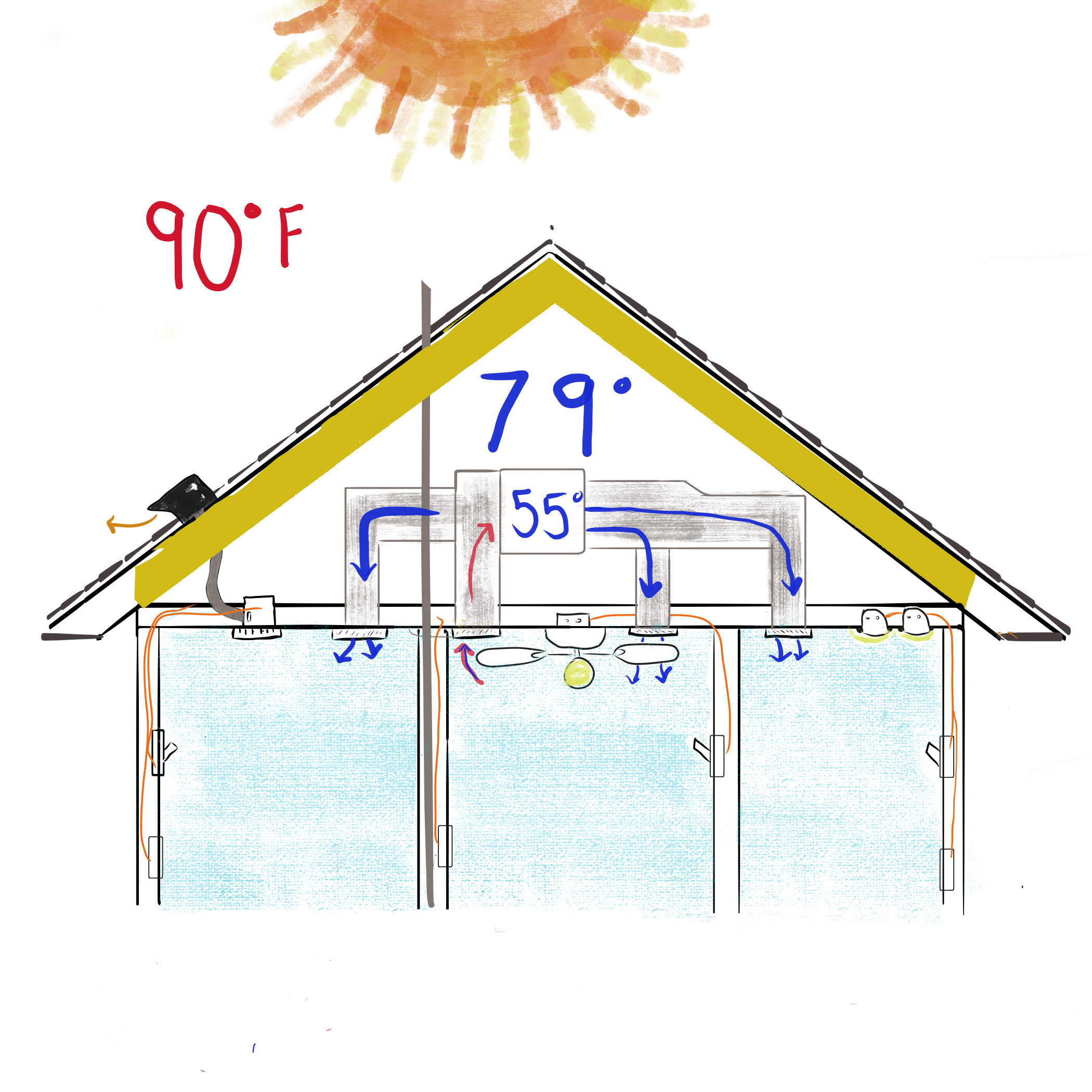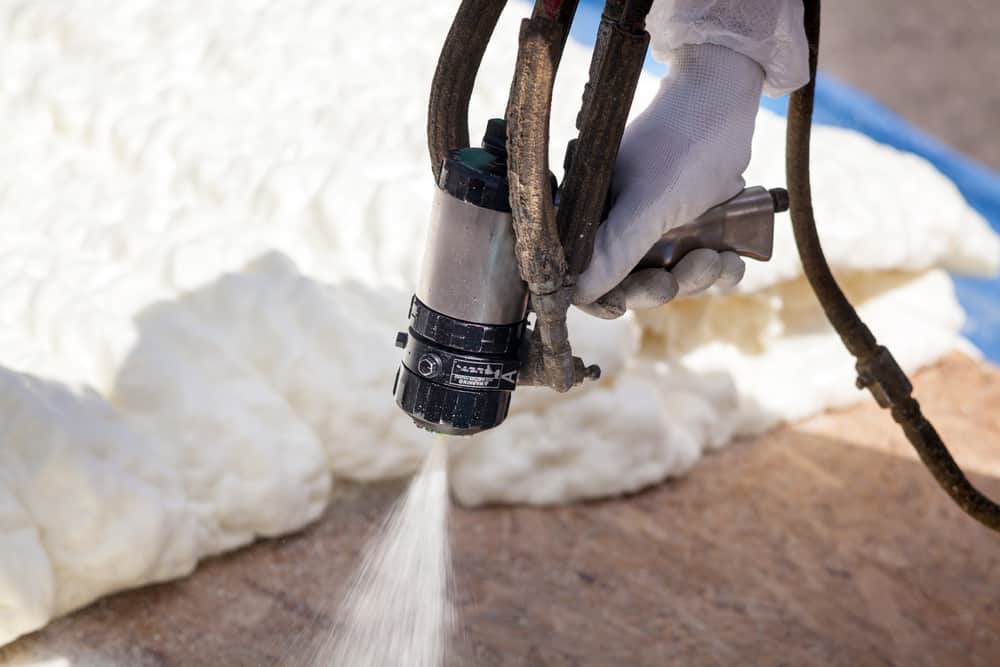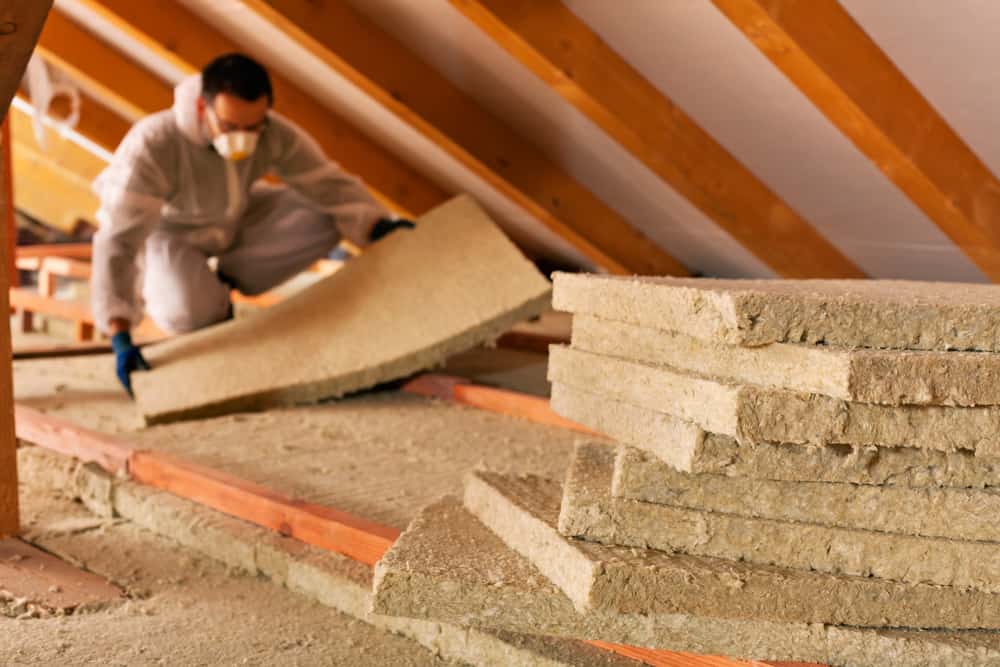Insulating your attic can be a great way to increase energy efficiency and reduce your energy bills. Although it is best done by a professional, if you’re equipped with the right tools and knowledge, you can turn your attic insulation Houston TXproject into a DIY project. However, as with any DIY project, certain pitfalls can lead to costly repairs and wasted time if the DIY attic insulation needs to be corrected.Â
In this blog post, we will discuss the potential pitfalls of DIY attic insulation and how to avoid them. We’ll also enlighten you about the numerous benefits of attic insulation. Read on to learn how to ensure your attic insulation project is a success. Let’s get started.
What Is Attic Insulation?
Attic insulation is a layer of material that is installed in the attic area of your home in order to create a barrier between the home and the outside environment. This barrier helps to keep the air inside your home at a comfortable temperature, as well as keep moisture from entering the attic and causing damage. Attic insulation is typically made from materials such as fiberglass, cellulose, or foam and can be installed either as a loose fill or as a batt or blanket.
Benefits Of Insulating Your Attic
Now that you know what attic insulation is, let’s take a look at some of the benefits of installing insulation in your attic:
Improved Energy Efficiency
Installing attic insulation can reduce the amount of energy used to heat and cool your home, which in turn can help you save money on your energy bills.
Enhanced Comfort
By keeping the air inside your home at a more comfortable temperature, attic insulation can help to reduce drafts and provide an overall sense of warmth and comfort.
Increased Durability
Since attic insulation helps to keep moisture out of the attic area, it can help to protect your home from potential damage due to extreme temperatures and moisture.
Improved Indoor Air Quality
By creating a barrier between the home and the outside environment, attic insulation can also help to reduce the levels of pollutants and allergens in the air inside your home.
Soundproofing
Installing attic insulation can also reduce the amount of noise that enters your home from outside.
Common DIY Attic Insulation Pitfalls
The key to enjoying the benefits of insulating your attic is to ensure that you avoid errors when insulating, especially if you’re taking up the project by yourself. In light of this, here are some common DIY attic insulation pitfalls and how you can avoid them during your DIY attic insulation project
Not Using the Right Insulation
The type of insulation you use in your attic is important. If you use the right type for your climate and needs, you could avoid ending up with a huge energy bill. Make sure you research the type of insulation that’s best for your area and read up on the R-value ratings and other technical details.Â
Failure to Properly Seal the Vents and Gaps
Heat and air can escape through vents and gaps in your attic, increasing energy bills. To prevent this, make sure all vents and gaps are properly sealed with the insulation material. This can be done with caulk, spray foam, expanding foam, or other types of sealant.
Failure To Insulate The Attic Floor
Attics are often used for storage, but if the floor isn’t properly insulated, it can lead to heat and air escaping. Make sure you check the floor for any gaps and cracks and then fill them in with insulation
Not Checking for Moisture
Moisture is an enemy of insulation and can lead to mold and mildew. Before insulating your attic, make sure to check for any signs of moisture and repair any leaks in your roof
Not Installing Enough Insulation
Most attics require at least 12 inches of insulation to achieve the desired R-value. Installing enough insulation can lead to a comfortable home and wasted energy.
Be sure to understand these common problems and follow the tips for avoiding common DIY attic insulation pitfalls. However, if you still need to figure it out, it’s best to hire a professional to inspect your attic and ensure it’s properly insulated.
Benefits Of Hiring Professionals To Install Your Attic Insulation
They Have The Right Tools And Experience
Professional insulation contractors have all the necessary tools and know-how to do the job right. They have the expertise to ensure that the insulation is installed to the highest standards, and they can troubleshoot any problems that arise during the installation process.
Early Detection Of Any Potential Issues
A leaky roof, damaged HVAC system, and other issues need to be fixed before proceeding with the attic insulation. If these problems are left unattended, it’ll cause quick damage to your insulation. Thankfully, professionals understand these, and they know where to look to detect problems that can affect the effectiveness of your attic insulation.
They Can Help You Choose The Best Materials
Insulation materials are not created equally, and a professional can help you choose the best materials for your home. They’ll inspect your home and then choose the insulation materials that will keep your attic well insulated.
Quick Attic Insulation
With all the necessary tools and knowledge at the fingertips of the expert insulation contractor, you can be sure that your attic insulation will be done quickly and efficiently. This can save you time and money, and you’ll be able to enjoy the benefits of your insulation sooner.
Correct Insulation
Professionals will ensure that the attic insulation is installed correctly and properly sealed and ventilated. This helps ensure that your home’s energy is efficient and that the insulation is doing its job.
Warranty Protection
Most professional insulation installers will offer a warranty on their work. This can provide you with peace of mind that if anything goes wrong within the warranty period, it’ll be rectified by the installer without having to pay any extra fee.
By hiring professionals to install your attic insulation, you can rest assured that all the pitfalls peculiar to DIY attic insulation will be avoided. You can learn more about attic insulation here; https://fdinsulation.com/attic-insulation/spray-foam/. We also offer spray foam insulation financing opportunities, to make your investment less stressful.
Name, Address, and Phone
First Defense Insulation,Â
12 Greenway Plaza Suite 1147 Houston, Texas 77046,Â
713-808-9853
https://www.facebook.com/FirstDefenseInsulation
https://www.instagram.com/firstdefenseinsulation/?hl=en

